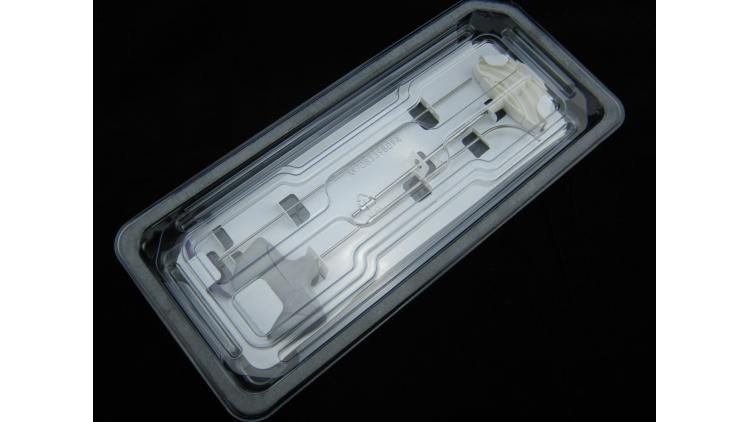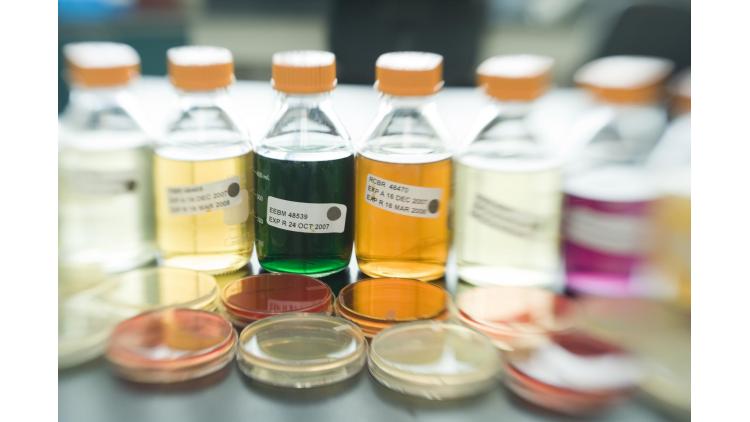Packaging ‘basics’ popular with healthcare professionals

You need a strong knowledge base to build a career on. In the highly regulated field of pharmaceuticals and medical devices, we can help. Several “Packaging 101” articles scored well with readers this year, earning mention as some of the top topics of 2019 even though they were published in earlier years.
Here are the five notables that can help you succeed in your profession:

5. What you need in anti-counterfeit packaging today and why
While not limited to use in pharmaceutical and medical markets, anti-counterfeiting features for packages used by these markets help protect patients and profits.
In March 2018, experts from leading security microstructure technology company Optaglio summarized critical general guidelines, starting with three basic strategies for product protection from counterfeiters:
1. Use law protection and enforcement to prevent counterfeiters from getting to the markets.
2. Track and trace each individual product from production through distributors and stores...up to second hand shops.
3. Add protective elements so that a customer can differentiate between genuine and fake on his/her own.
They recommend you use anti-counterfeiting packaging solutions that are discriminable, self-destructive and unique.

4. 3 steps for designing the ideal medical device packaging system
In this January 2017 article, an executive with CleanCut Technologies LLC (now Oliver Healthcare Packaging) breaks down a trio of tips for developing a successful package for your medical device:
1. Start packaging design early in the product development process.
2. Properly size packaging components.
3. Use a robust testing protocol.
Go now and create!

3. Determining a valid sample size for package testing
Surprisingly, there is no clear guidance from regulatory agencies or standards bodies on the number of packages medical device and pharmaceutical manufacturers should test to guard against failures and prove design integrity.
This December 2017 article helps packaging professionals determine and justify their sample size decisions.
The first step in selecting an adequate sample size is to calculate risk. A common approach to calculating risk is known as a Risk Priority Number (RPN), which is explained in this article.
Then also consider the cost of manufacturing the product and the complexity of the packaging design.
This October 2019 article might also be helpful: “How to determine a valid sample size for testing your medical device package”
____________________________________________________________________________________________
 Find your success! Subscribe to free Packaging Digest enewsletters.
Find your success! Subscribe to free Packaging Digest enewsletters.
____________________________________________________________________________________________
2. Strength and integrity, part two: Basics of seal-strength testing
This June 2002 article (1) explains what seal-strength testing for medical device packaging is and (2) outlines the different types of testing addressed in ISO 11607.
(1) “Seal-strength testing evaluates the mechanical strength of the seal, ensuring proper material bonding to maintain package integrity throughout package life. Data acquired through testing can be used to validate the package design as adequate for maintenance of integrity, to monitor process performance, and to confirm shelf-life performance.”
(2) Pull it apart: “The tensile seal-strength test (ASTM F88)…produces specific force results for peelable packages. However, only single sections of a seal can be evaluated at one time, providing no information on whole-package integrity and slowing testing.”
Blow it up: “Inflation seal-strength testing (ASTM F1140 and F2054), including burst, creep, and creep-to-failure (CTF) testing, requires pressurizing the entire package and measuring the peak rupture pressure (burst test) or the time to failure at a constantly held pressure (creep and CTF). These tests provide a whole-package minimum seal strength and are equally applicable to peelable and nonpeelable seals.”
Restrain it: “Restrained package testing (ASTM F2054) is a refinement that has several advantages. It has been shown to define the minimum seal-strength area of pouches more consistently. It provides more-consistent loading on the package seal, and it correlates well with tensile seal-strength tests in defining the minimum seal-strength area.”
It’s necessary to keep up with changes in the regulation, as this April 2018 article does: “Harmonizing ISO 11607 with the EU's Medical Device Regulations”

1. Medical packaging 101: Basics medical device companies need to know
Our top pharma/medical device packaging evergreen article of 2019 is also the one in this list published most recently. This June 2018 piece covers the design, sterilization, testing requirements and validation processes medical device companies need to consider when tackling a packaging project.
Bottom line: “Because packaging involves many design and testing aspects, it is best to start its development as soon as possible in the product’s development.”
Good advice.
About the Author(s)
You May Also Like




